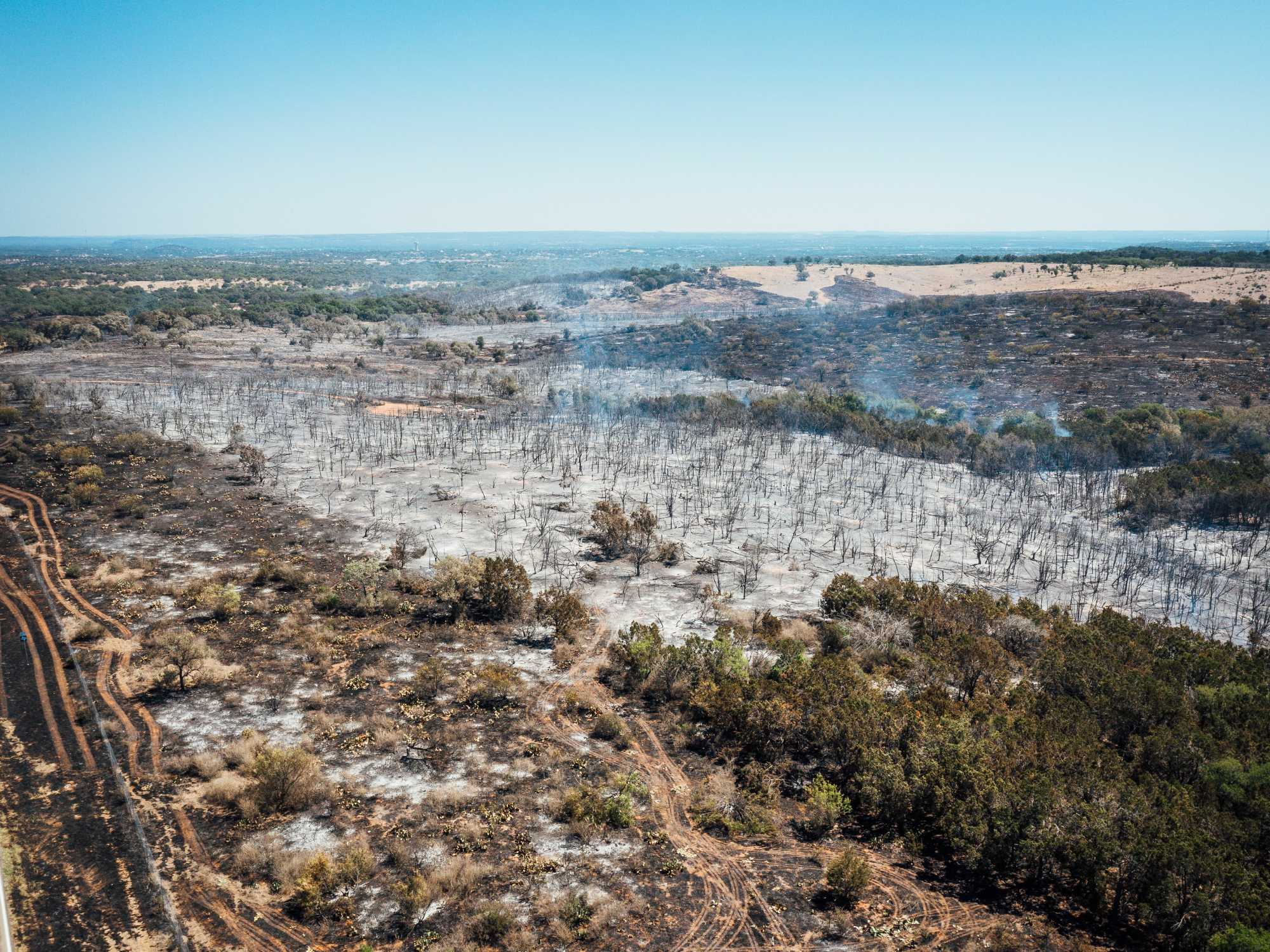After wildfires blaze across a forest, prairie, or other natural area, they leave behind a path of destruction. They burn down trees and brush, kill or scatter animals, and decimate any buildings present. But the destruction doesn’t stop there. These disasters leave a definite mark on the landscape, but what are the long-term effects of wildfires? Here’s a breakdown of what a wildfire does to the land and how to prevent it from happening again.
Ecological Impact
Though it may be hard to believe, wildfires have positive effects on the land in addition to the more obvious negative ones. Some ecosystems depend on periodic burns to “reboot” themselves. Fire eliminates decaying material and dead plant life, returning nutrients to the soil and fostering new plant life. Natural wildfires strengthen and diversify the ecosystem, leading to better things down the line. The problem is that wildfires don’t always start naturally, and due to climate change and human carelessness, they’re becoming more frequent. Therefore, the ecosystem doesn’t have a chance to bounce back.
Wildlife Displacement and Recovery
Wildfires displace the local fauna, forcing them to flee their habitats in search of safer spaces. Unfortunately, while some animals may escape, others cannot. These fires kill off certain species and reduce biodiversity. If the ecosystem can return to a new normal, animals may return, or new species may arrive and inhabit it in time. Some animals, such as woodpeckers, do very well since they find new nesting spots in dead trees. But the original wildlife of the area may never be the same again.
Health and Safety
Wildfires, of course, fill the air with smoke and ash, making it very difficult to breathe. Winds may carry ash and other particulates across the region, reducing air quality and causing health issues in those already suffering from respiratory conditions such as asthma. However, polluted air also affects otherwise healthy individuals.
Outdoor enthusiasts may find the air less fresh and even harmful to their health for some time afterward. The wildfire may have also affected the local water supply. Soil affected by tremendous heat may become hydrophobic, allowing ash and similar debris to wash into nearby lakes, streams, and other bodies of water, contaminating them. Extreme heat and ash also ruin the water for aquatic life, in turn destroying formerly great fishing spots. Local authorities may prohibit swimming, boating, and other activities until the water recovers.
Recreational Impact
Of course, wildfires curtail other recreational activities. Parks and trails often need to close in the wake of a wildfire. Park officials need time and resources to rebuild the park’s infrastructure and ensure visitors’ safety. They must put hiking, camping, biking, and other activities on hold for months, if not years. Naturally, when you return, things may not be how you remember them. The flora, fauna, scenery, and other beautiful features may be unrecognizable if not destroyed.
We’ve answered the question: what are the long-term effects of wildfires? So, what’s next? Fortunately, even when the fire is blazing, various US Forest Service teams work to deal with the post-fire cleanup and restoration. But the best policy is to prevent them. Be cautious with campfires and other potential wildfire sources, and follow area restrictions during peak wildfire season.
Texas Outdoors
Latest posts by Texas Outdoors (see all)
- Benefits of Two-Way Radios for Hiking and Camping – June 23, 2025
- What To Consider When Staying at Your First RV Campground – June 18, 2025
- A Quick Guide for the Different Off-Road Trail Ratings – June 11, 2025

Leave a Reply